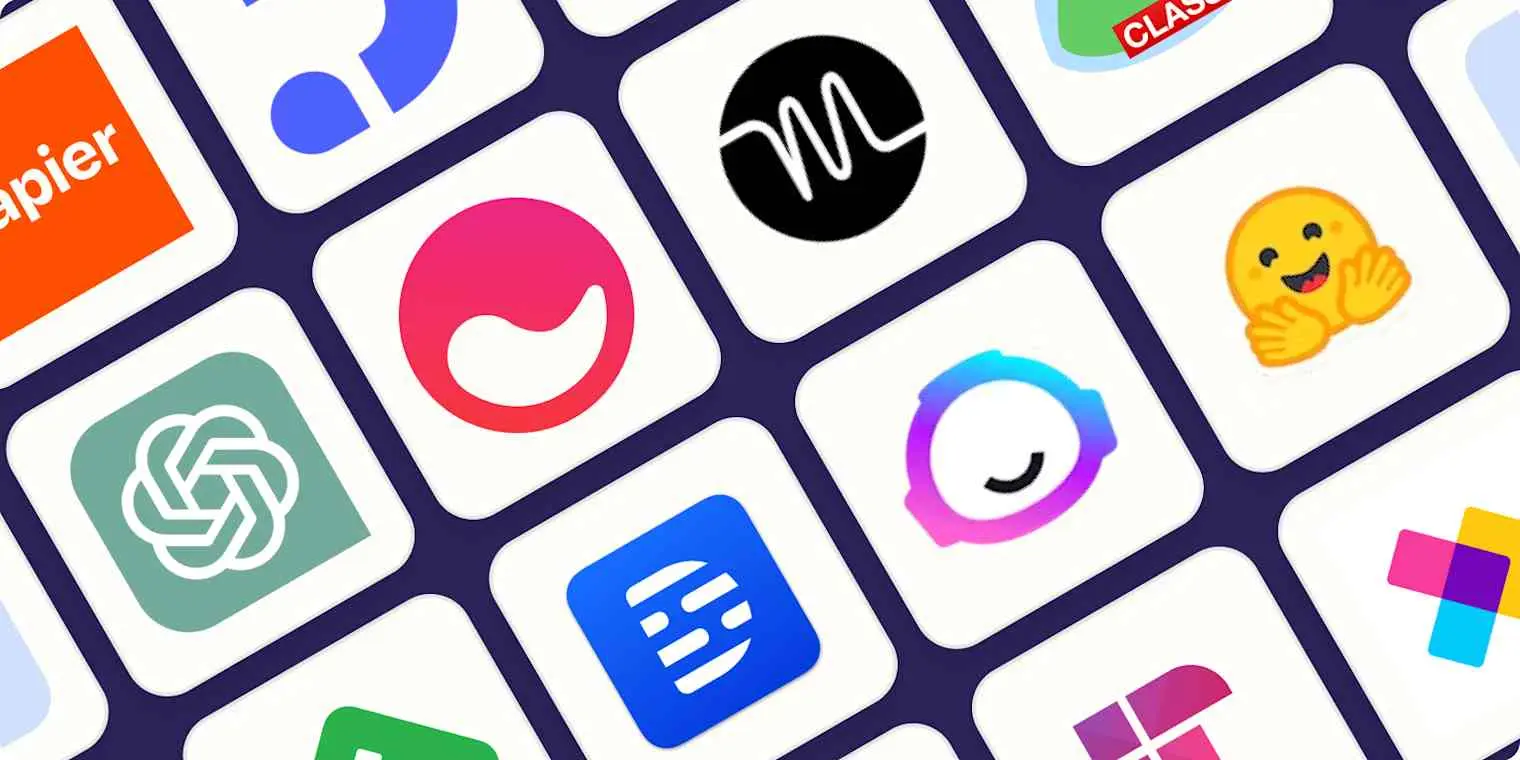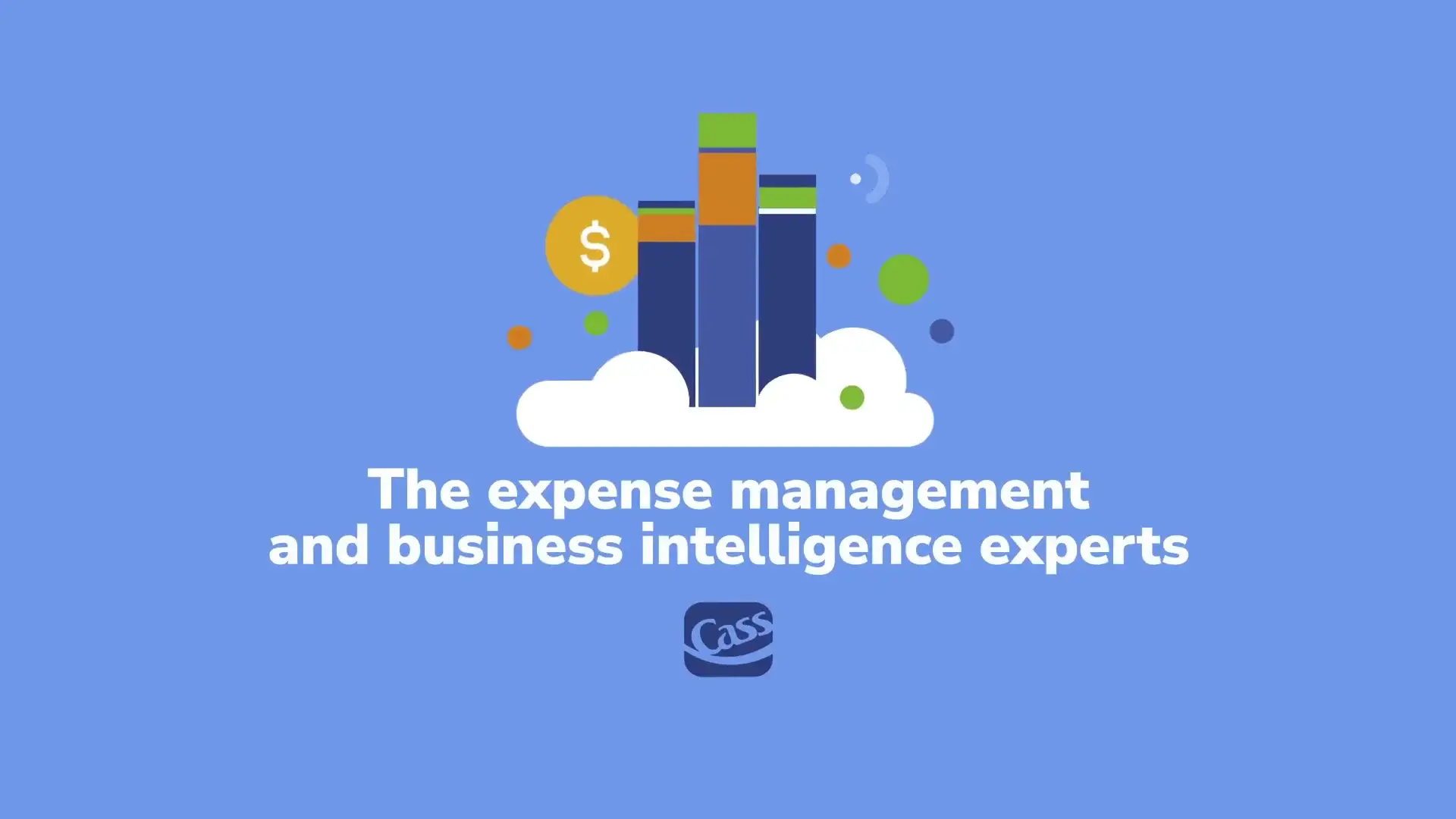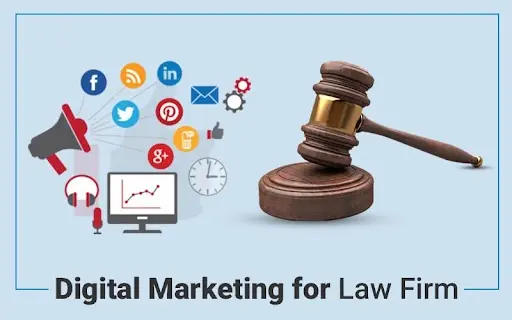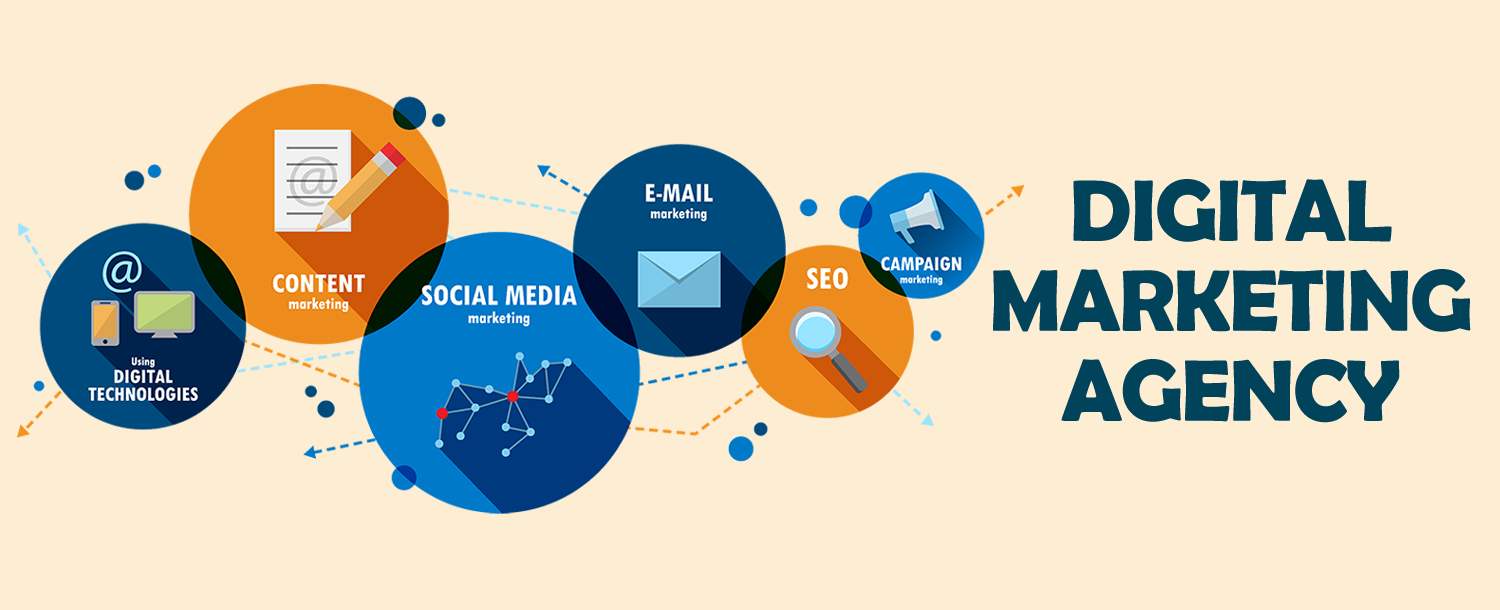
The result? A streamlined approach to governance that empowers HR teams, protects businesses, and supports ethical workplace practices.
The Rising Stakes of Compliance in Modern HR
Compliance violations are not just legal risks—they’re brand risks. From wage misclassification to data privacy lapses, one error can cost millions and damage public trust.
| Compliance Violation Type | Avg. Cost per Incident (USD) | Regulatory Authority |
|---|---|---|
| Wage & Hour Violations | $7,500–$25,000 | Department of Labor |
| Data Privacy Breach | $4.45 million (avg. global) | GDPR, CCPA |
| Harassment Claims | $75,000–$300,000 | EEOC |
This makes HR compliance platforms essential for organizations navigating complex legal terrain. They’re not just record-keeping tools—they’re digital guardians.
Tech-Driven Accountability: What Modern Tools Are Doing Differently
HR compliance software has evolved beyond static checklists. Today’s systems integrate:
- Automated audit trails
- Real-time alerts for policy violations
- AI-driven risk scoring
- Integrated policy acknowledgment workflows
These features help businesses stay ahead of legislative changes while maintaining transparency with employees. It’s about turning reactive measures into proactive protection.
Industry-Specific Compliance Needs: One Size Doesn’t Fit All
Not all industries face the same compliance hurdles. Modern HR compliance tools are becoming hyper-specialized:
- Healthcare organizations need HIPAA-ready platforms for handling protected health information.
- Construction companies rely on mobile-friendly compliance tools for on-site labor law tracking.
- Startups and SMBs use lightweight, integrated HR compliance systems that scale with growth.
This move toward sector-specific HR software reflects a broader trend: compliance as a custom-fit component of business infrastructure.
The Intersection of Culture and Compliance
Interestingly, the best HR compliance solutions don’t just enforce rules—they shape company culture. By digitizing ethics training, embedding policy reviews into onboarding, and enabling anonymous reporting, these tools actively promote psychological safety and organizational accountability.
In this way, HR compliance technology becomes a silent architect of company values.
AI and Compliance: A Cautious Revolution
Artificial Intelligence is being deployed to flag anomalies in employee data, predict burnout risk based on time-off trends, and scan communication logs for potential harassment indicators.
However, it raises a question: Where does smart monitoring end and employee surveillance begin?
Ethical HR compliance platforms now build transparency dashboards that show employees exactly what’s being tracked—reinforcing trust while staying compliant.
From Manual Logs to Machine Learning: The Efficiency Curve
Let’s look at how automation has improved compliance tracking:
| Method | Avg. Time to Complete Task | Error Rate |
|---|---|---|
| Manual HR Tracking | 3–5 hours/week | ~12% |
| Spreadsheet Systems | 2 hours/week | ~7% |
| Automated Tools | <30 minutes/week | <2% |
The data is clear: automated HR compliance tools not only save time but significantly reduce the risk of human error—often the root cause of compliance failures.
Final Word: Compliance Isn’t Just Legal—It’s Strategic
Too often, businesses view HR compliance tools as bureaucratic necessities. But those investing in robust, adaptive systems are discovering a hidden advantage: credibility. In a world where transparency and fairness are brand differentiators, strong compliance isn’t just protection—it’s a competitive asset.









